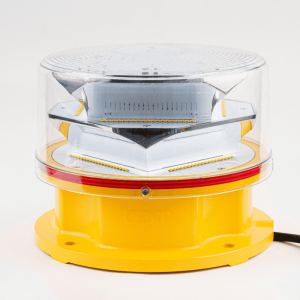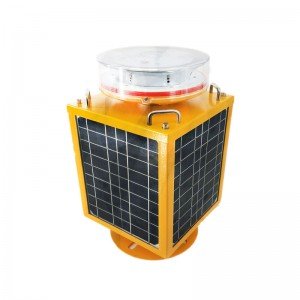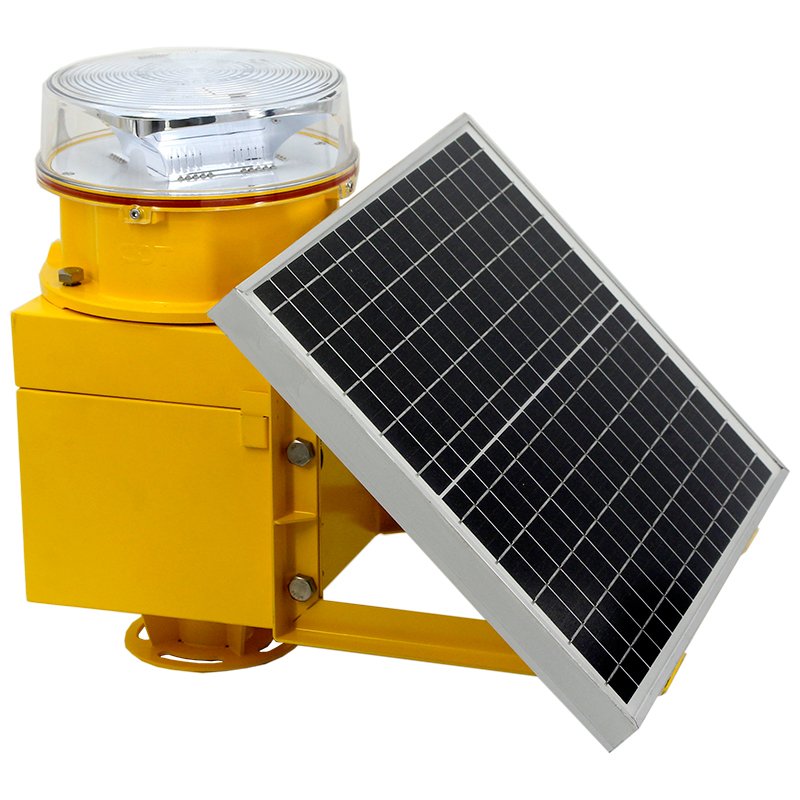Classification of Aviation Obstruction Lights
Low-Intensity Lights
Low-intensity aviation obstruction lights emit a relatively faint light. They are typically used on structures with a height between 45 and 105 meters. These lights are visible from a certain distance and help pilots identify obstacles during flight, ensuring the safety of the aircraft.
Medium-Intensity Lights
Medium-intensity lights have a stronger luminosity compared to low-intensity ones. They are mainly installed on buildings or towers that are 105 to 150 meters high. Their bright and flashing lights can effectively penetrate the surrounding environment, providing clear guidance and warning signals to pilots.
High-Intensity Lights
High-intensity aviation obstruction lights possess extremely high brightness. They are reserved for very tall structures, usually exceeding 150 meters. These lights can be seen from a long distance even in adverse weather conditions, playing a crucial role in preventing aircraft from colliding with high-rise obstacles.
General Installation Guidelines
For proper installation of aviation obstruction lights, consider the height of the structure. For example, when the height (H) is less than 45 meters, usually a B-type low-intensity or B-type medium-intensity light can be set on the top. Different heights have specific light placement requirements to ensure effective warning.



Relevant Standards
They must comply with standards like MH/T 6012-2015. The lights should flash at a frequency between 20 and 60 times per minute. Also, they need to be installed to show the contours of the structure clearly for pilots to identify.
